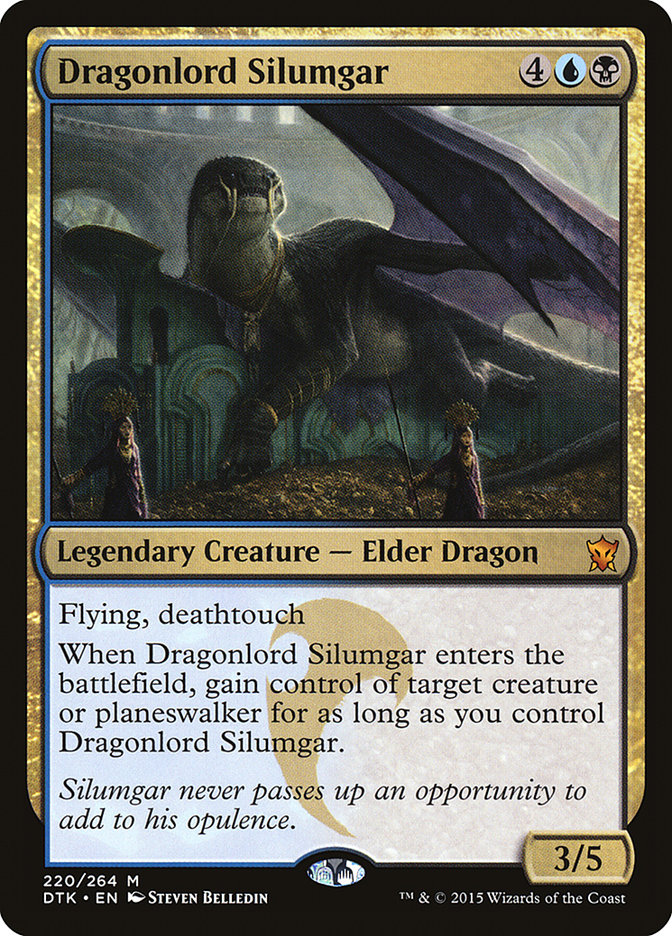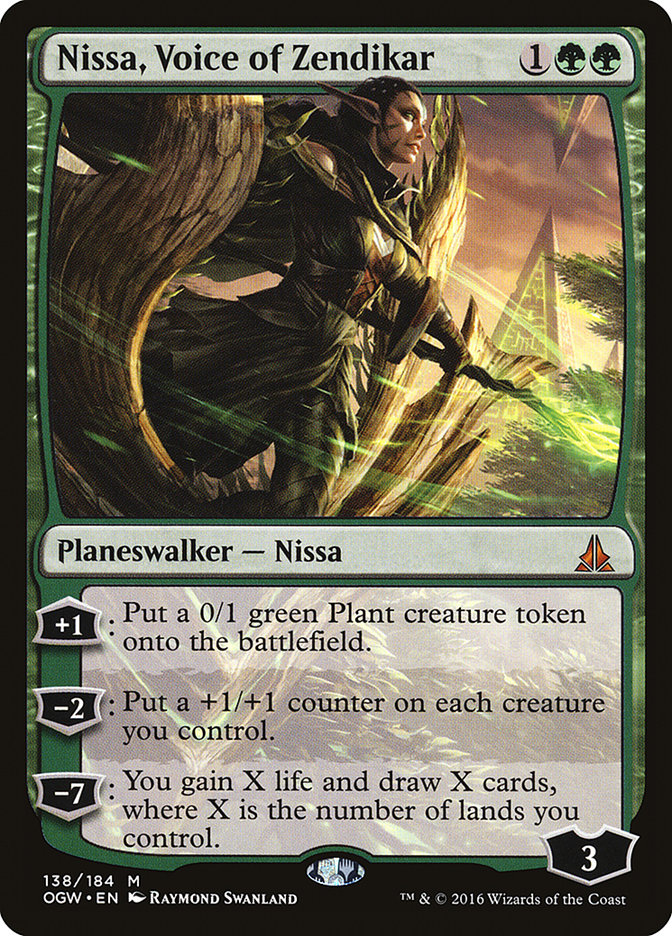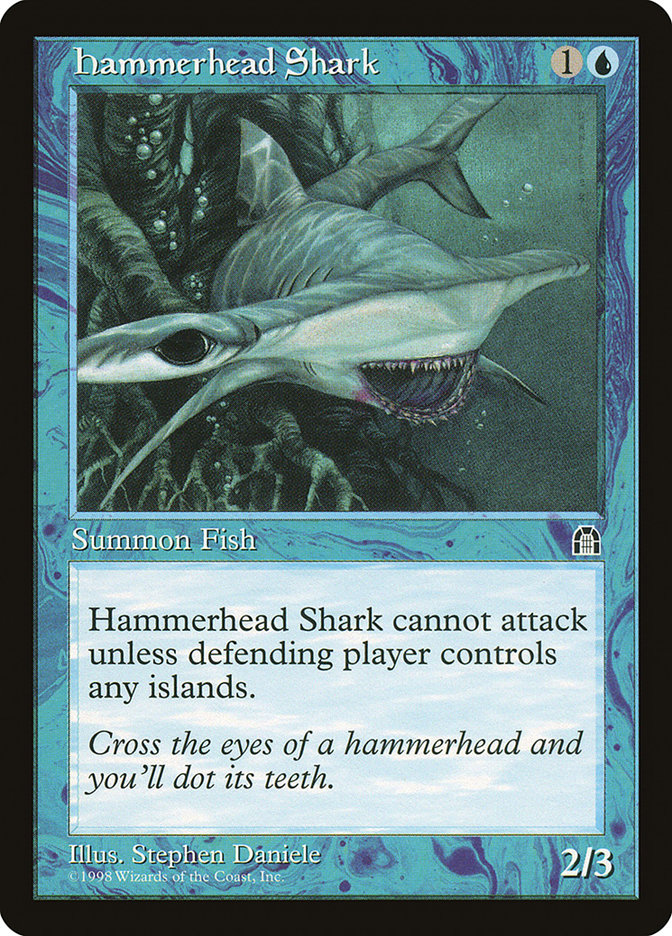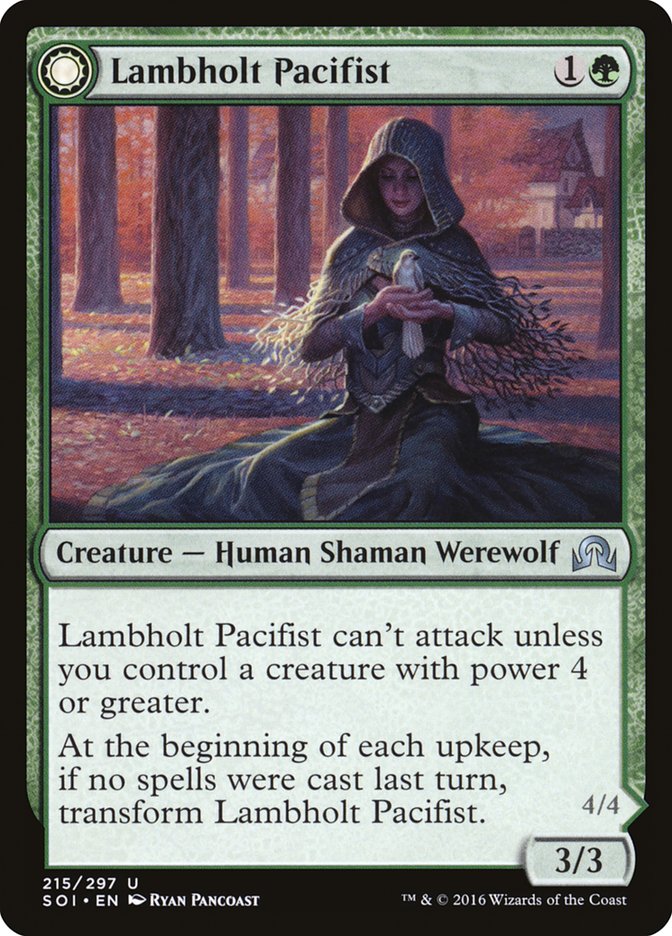Greetings from Down Under!
As you read this, I’ll already be engaged in Pro Tour Eldritch Moon, and with any luck I’ll be doing fantastically well with either a new brew or something old and reliable. Either way, I can’t (yet) talk about Standard in specific terms. However, the most recent stops on the SCG Tour® have really made me think about a classic element in the nuts and bolts of Magic: sideboarding. Some of the top finishes really illustrate well one particular aspect of sideboarding: the nudge.
You Don’t Know What You’re Missing
When you first start playing tournament Magic, oftentimes, the first thing you start doing is playing as many games as possible with the deck you like. Game after game after game, jamming against the major decks in your gauntlet – this feels like it is a great way to prepare for the tournament you have coming up in a day or two, but really, as you gain experience, you realize that unless you’re doing match after match after match, you may be getting valuable experience with your deck, but you’re also failing to get the true story of your deck’s performance.
As a hypothetical example, let’s pretend that Jon playing a white-green planeswalker deck, and in his experience against Kari, playing her own particular build of Grixis, he sits behind a wall of tokens until he uses the ultimate ability of Nissa, Voice of Zendikar, and then he wins. It doesn’t happen every game, but if he can overwhelm her Ruinous Path and Silumgar’s Command, that’s basically it.
Never bothering to play a sideboarded game, Jon never learns about what it is like to play against the three Dragonlord Silumgar that are hanging out in her sideboard, and at the FNM they both attend, he loses to her in the finals when, in a critical Game 3, she casts a Dragonlord Silumgar; immediately cashes in his Nissa, Voice of Zendikar; and quickly overwhelms him despite losing her Dragonlord Silumgar once he untaps.
This is only a hypothetical example, but it is representative of a situation that plays itself out regularly in a tournament player’s early tournament life. Sideboarding, as any intermediate tournament player learns, is a critical factor in proper tournament preparation. As countless articles have pointed out over the years, many more tournament games are played sideboarded than not. A full 60% of games, in fact, are sideboarded games.
There are many ways to think about your potential plans when it comes to sideboarding. The most dramatic sideboarding possible is the so-called “Switcheroo Sideboard,” where you fundamentally alter the tenor of your deck. The classic example is the no-creature or low-creature deck shifting to become a deck with a highly aggressive gameplan.
The first time it really worked against me, my Extended High Tide opponent brought in small creatures to try to beat me down while having countermagic back.
It is rare that I’ve so strongly wished I wasn’t playing Islands.
In current Magic, one kind of fundamental “Switcheroo” shows up in the various U/R builds of Blue Eldrazi (“BluLamog”) running Fevered Visions in their sideboard. While this isn’t a full-on “Switcheroo,” the character of playing against Fevered Visions is fundamentally different from not.
The most common sideboarding plan is having a direct response to something. You have artifacts, so I have Shatterstorm. You have green and white creatures, so I have Self-Inflicted Wound.
So About That Nudge…
However, one of my own personal favorite choices for sideboarding is something that I like to call “The Nudge.” Instead of having a dramatic shift in your plan or instead of having counter-measure X against plan Y, you have cards that can work to gently shift the tone of your deck.
As I’ve been preparing for the Pro Tour, one of the things I’ve been doing, of course, is paying attention to the top decks from the SCG Tour®. The recent results from the SCG Tour® with Bant Company have greatly illustrated “The Nudge” in action. Bant Company, in list after list, is just a fabulous illustration of this principle.
Let’s look at a few specific examples, starting with the Week 1 deck:
Creatures (27)
- 4 Reflector Mage
- 4 Sylvan Advocate
- 2 Archangel Avacyn
- 3 Tireless Tracker
- 3 Duskwatch Recruiter
- 3 Thalia, Heretic Cathar
- 4 Spell Queller
- 4 Selfless Spirit
Lands (25)
Spells (8)

Devin Koepke’s deck is a great example of a deck that employs the Nudge. The moment you see a card like Lambholt Pacifist in the sideboard, you can bet that that is the case.
This is a very innocuous card. It’s a solid body, so it can hold the fort. At the same time, versus a wildly reactive opponent, it can put on an immense amount of pressure for a two-drop in Standard. This isn’t a specific answer to a particular threat, like Kor Firewalker would be versus Modern Burn. This is a more gentle response than that.
A Lambholt Pacifist doesn’t fundamentally change the nature of the deck’s play. What it does is shift the deck into a slightly stronger position, and it is versatile enough to be effective against numerous opponents.
This is the case for each and every one of the sideboard cards in Devin’s deck. In brief, let’s examine them.
When games are going to go long, another few effects that provide steady card advantage are valuable. All of these cards provide more staying power for any such game.
Serving as disruption on the opponent’s slower gameplan, whether in the form of Languish or a powerful spell otherwise, Negate is closer to a direct countermeasure than other small nudges, but especially with only two copies, this is a gentle shift.
Similar to Negate versus spells, this serves as a great way to trump slower creature plays (especially now that Spell Queller stops the faster ones) that might be able to otherwise change the state of the world. Dragonlord Silumgar and similarly dangerous creatures are put on notice. As an added bonus, it can bring back a grinding creature or effectively stop a Planar Outburst by returning a deceased Selfless Spirit. In conjunction with Ojutai’s Command, this can be a dangerous combination.
All of these provide direct answers to problematic cards which enter the battlefield. These can be a supplement to Reflector Mage and Dromoka’s Command, cleaning up the cards that slip through the cracks.
For all of these cards, even the most dramatic ones like Tragic Arrogance, it is clear that the basic plan for the use of these cards is to only barely go into them at all. Like Affinity, the deck just wants to be the deck. Bant Company is an intrinsically powerful deck, but it also has a particularly constraining factor to it, much like Affinity has always had: shift it too much from its core, and it literally ceases to be the base deck it usually is.
There is a good reason for that.
When you’re playing Collected Company, you really can’t stray too far from having three-drop creatures in your deck. While I can imagine a scenario exists where perhaps you end up sideboarding the card out, it seems wildly unlikely. I don’t know what that scenario would be – Kobayashi Maru, perhaps? – but perhaps it exists.
We can see the natural results of this playing out in other successful builds of the list.
Creatures (26)
- 1 Nissa, Vastwood Seer
- 4 Reflector Mage
- 4 Sylvan Advocate
- 2 Archangel Avacyn
- 3 Tireless Tracker
- 3 Duskwatch Recruiter
- 2 Thalia, Heretic Cathar
- 4 Spell Queller
- 3 Selfless Spirit
Lands (26)
Spells (8)

Chris Andersen adds Tamiyo, Field Researcher to the mix, an incredible choice for a grind, but it certainly doesn’t sway from the Nudge plan.
Creatures (27)
- 1 Nissa, Vastwood Seer
- 4 Reflector Mage
- 4 Sylvan Advocate
- 2 Archangel Avacyn
- 2 Tireless Tracker
- 3 Duskwatch Recruiter
- 3 Thalia, Heretic Cathar
- 4 Spell Queller
- 4 Selfless Spirit
Lands (25)
Spells (8)

Ethan Phelps chooses to add a Go Big option to his sideboard with Dragonlord Dromoka and a few more Avacyn, but again, he sticks with what is essentially a Nudge plan.
Creatures (27)
- 4 Reflector Mage
- 2 Eldrazi Displacer
- 4 Sylvan Advocate
- 2 Archangel Avacyn
- 3 Tireless Tracker
- 3 Duskwatch Recruiter
- 2 Thalia, Heretic Cathar
- 4 Spell Queller
- 3 Selfless Spirit
Lands (25)
Spells (8)

Zachary Plott’s deck adds in several Tamiyo, Field Researcher, but again, he stays on the same overall sideboarding plan.
Even outside of the context of Collected Company, it makes sense for a deck like this to largely stay on-plan. The card quality of the various cards in the deck is just so strong, especially in how they work in conjunction, shifting the deck too greatly from the core takes a great risk.
For me, I still think of this as the Pro Tour Kobe, Mirrodin-block lesson.
I was on Affinity from well before the Pro Tour, and both Zvi Mowshowitz and I, though not working together, had an extensive sideboard plan that we employed in an attempt to defeat the mirror.
In Round 1, I played against Ben Rubin, who was also on Affinity, and after handily winning Game 1, I employed my sideboard plan. It worked, as a matter of sorts – in that it did exactly what was intended. On the other hand, his draws in those games were particularly good, and he didn’t sideboard nearly as much. As a result, he crushed me in both of those games, because even though I got my plan online, I’d diluted my deck down to just a fundamentally weaker deck. He, on the other hand, was still a fully-powered Affinity deck, with just a few cards to help shift things in his favor.
It was a big lesson for me on over-sideboarding.
When what you’re doing is fundamentally strong, don’t stop doing it! If you have a sideboard card that is powerful, that is great, but make sure that, after you’re sideboarded, you haven’t lost what is making your deck powerful. If a tight curve and overpowered cards on that curve are what is making you win, you can always sideboard in eight perfect cards for a matchup, and in order to fit them, totally destroy that tight curve with overpowered cards on that curve.
“The Nudge” isn’t a thing that all decks need to do in their sideboarding. It isn’t even a thing that you have to dedicate all fifteen cards of your sideboard to doing. You can have ten cards that nudge your deck and five cards that are direct answers; this isn’t about purity, but about efficacy. Gentle shifts are a great option for a deck that is already very powerful on a card-for-card basis. They make much less sense for a deck that is living on a fringe or relying on card combinations.
I can tell you this: at Pro Tour Eldritch Moon, I have some Nudges. I have some direct answers. I’m still polishing off the specific exact layouts of my sideboarding, but I’m definitely keeping this in mind.
But you won’t see me playing Bant Company.








